Shop
The barbute was a common Italian infantry helmet of the XV century. A barbute was always visorless, but its “face” came in three basic forms: open, T-shaped, or Y-shaped. Its major innovation was its extension of the “cheeks” towards the middle of the face, which provided more protection while maintaining excellent visibility and breathing capability.
Our Bamberg Brigandine is a stylization of knight armor from the wood carving figure from the Bamberg Cathedral, Bamberg, Bavaria, Germany, c.1370. Source: Charles Boutell “Monumental Brasses and Slabs: An Historical And Descriptive Notice Of The Incised Monumental Memorials Of The Middle Ages” (1847). Approximately from 1360 some of the early brigandines – lentner –
The most popular helmet of the XVI century: close helmet with a visor “sparrow’s beak”. Helmet was developed on the base of Sallet with bevor. Close helmet looks like Armet but in fact it’s different. First close helmets were similar to sallet with the short tail. But the skull of the new type helmet has
Our Elbow Cops with Rondels Type-2 are based off armor from the XIV and early XV centuries. These elbow cops are equipped with bowl-shaped rondels and a reinforcement rib which goes all around the edge of the rondel. The elbow of the piece is slightly pointed at the olecranon area. The decorative elements are made of
From approximately the second half of the XIV century, elbow protection was designed as one big plate following the contour of the elbow. It was fixed to the upper arms and canons (vambraces) with the help of leather laces. Our Steel Elbow Caps include leather straps and leather laces. The Wings of Steel elbow caps
Our Maximilian Breastplate is forged into a shallow globose form with three sprays of fluting radiating from the waist. There are seven fluting lines in the center spray and 5 in each of the side sprays. The outermost fluting on each of the side sprays is a single sided fluting, more akin to a step.
Splinted Greaves in a XIV – late XV century design. These leather greaves are reinforced with metal bars which provide great protection and flexibility. We use an anatomically shaped wooden block when crafting the leather greaves to make them anatomically correct. That’s why our splinted greaves fit perfectly. The steel parts are made of 1.5mm
Please note that measurements should be with padding/gambeson.
In Medieval Europe, full leg armor protection usually consisted of the cuissardes (thigh protection), kneecaps, greaves (shin protection) and sabatons (foot protection). The completed leg harness was an essential part of the full plate armor. It developed from the formed metal plate that served as knee protection. The knees were the most important and vulnerable

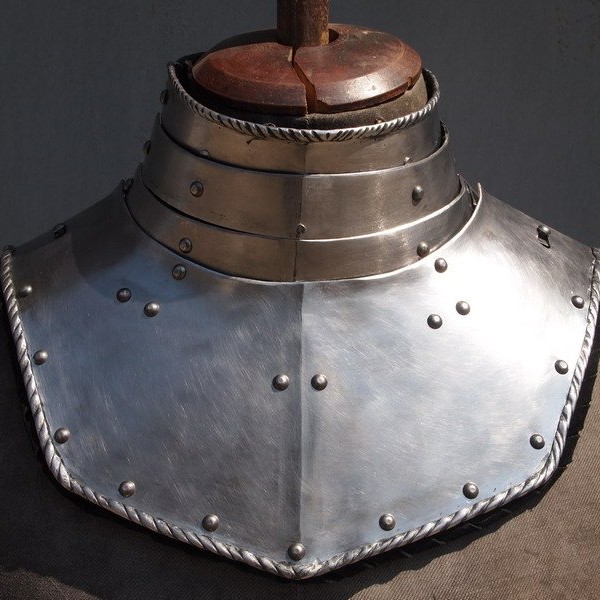

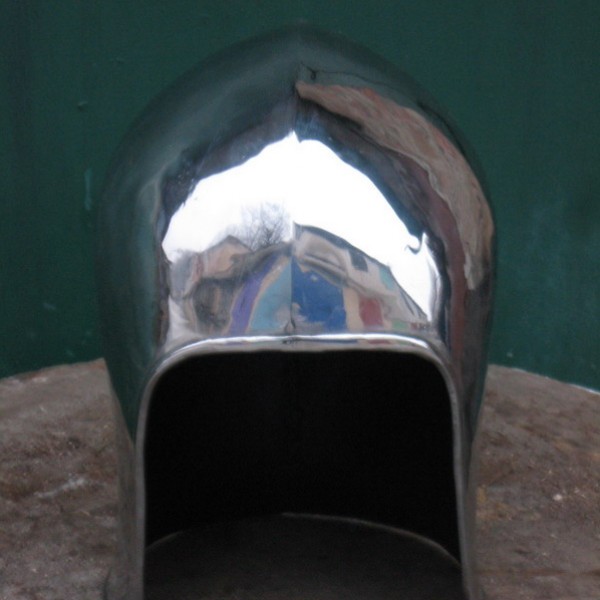
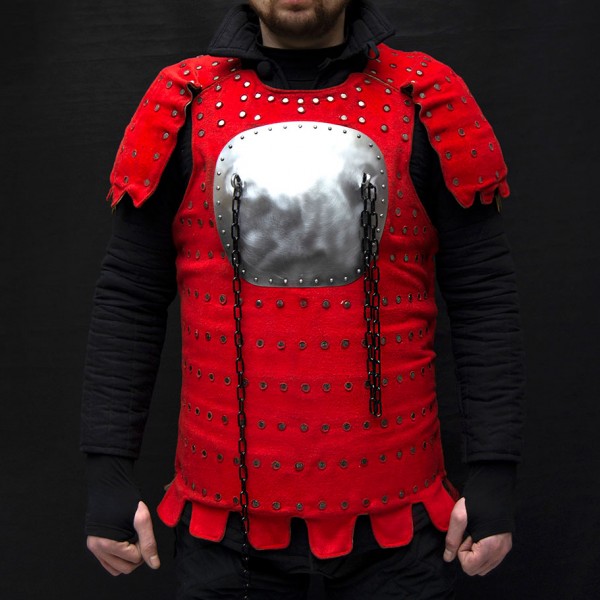
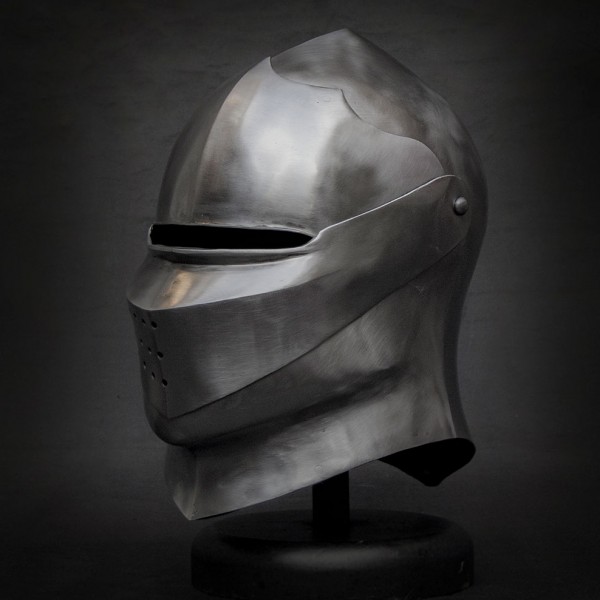
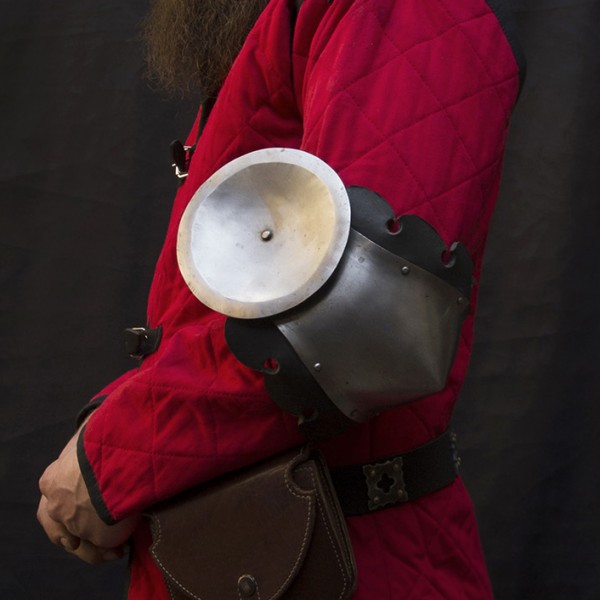

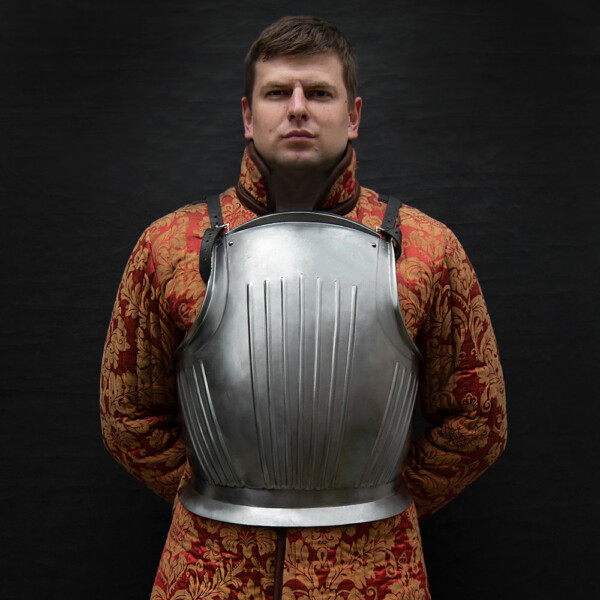
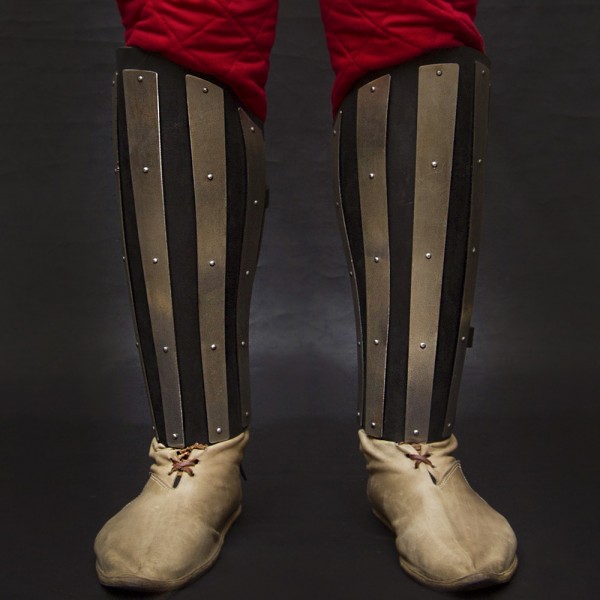
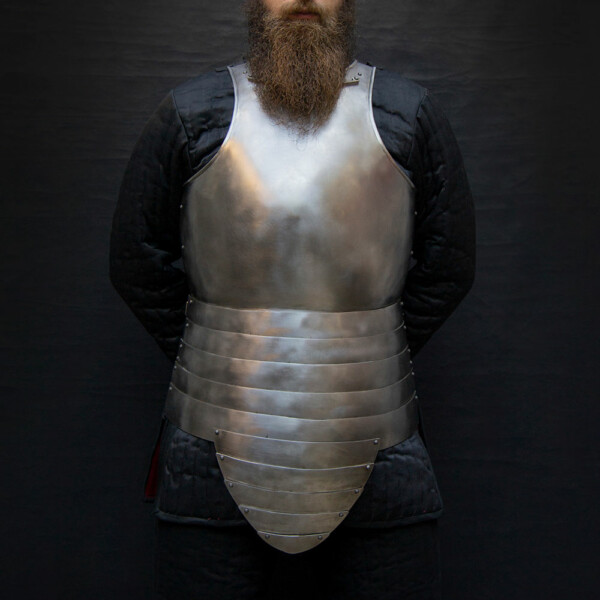
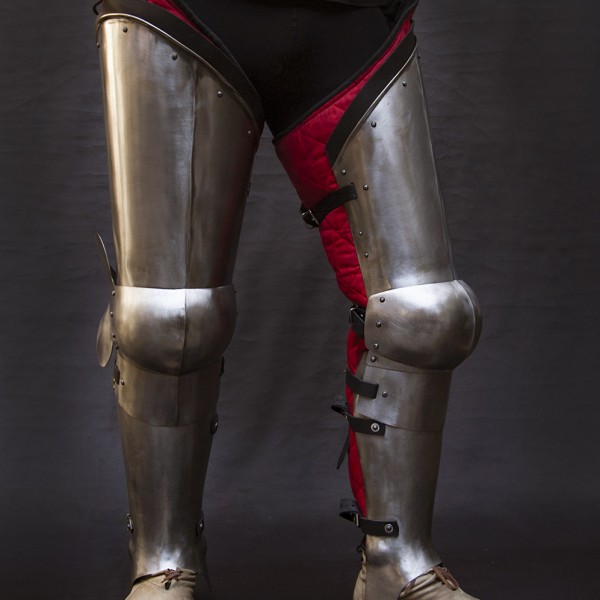
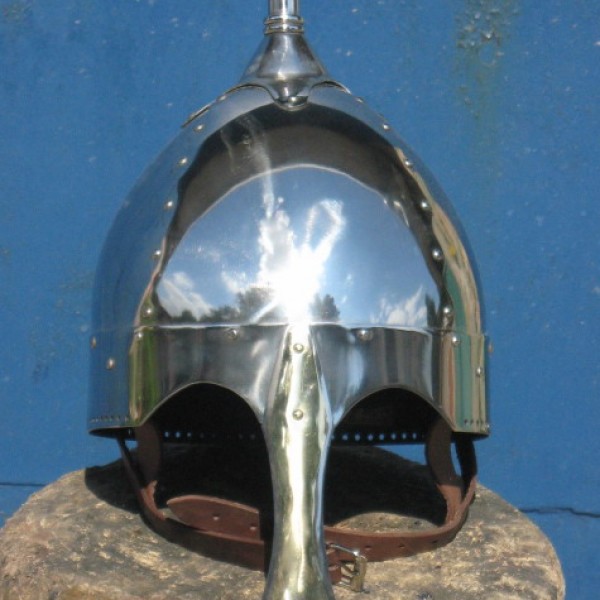
 Shop
Shop